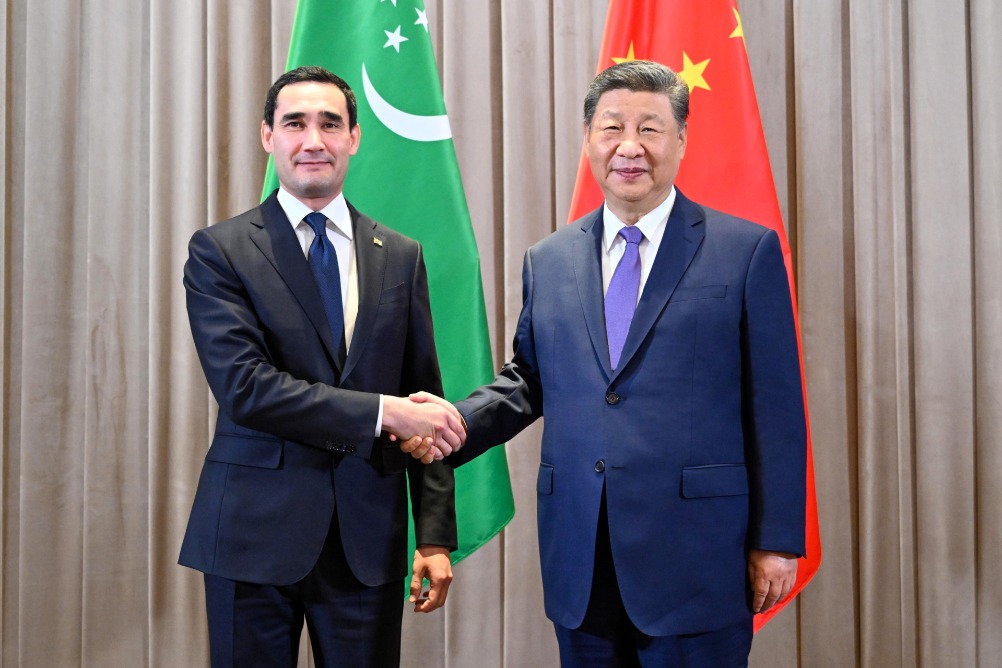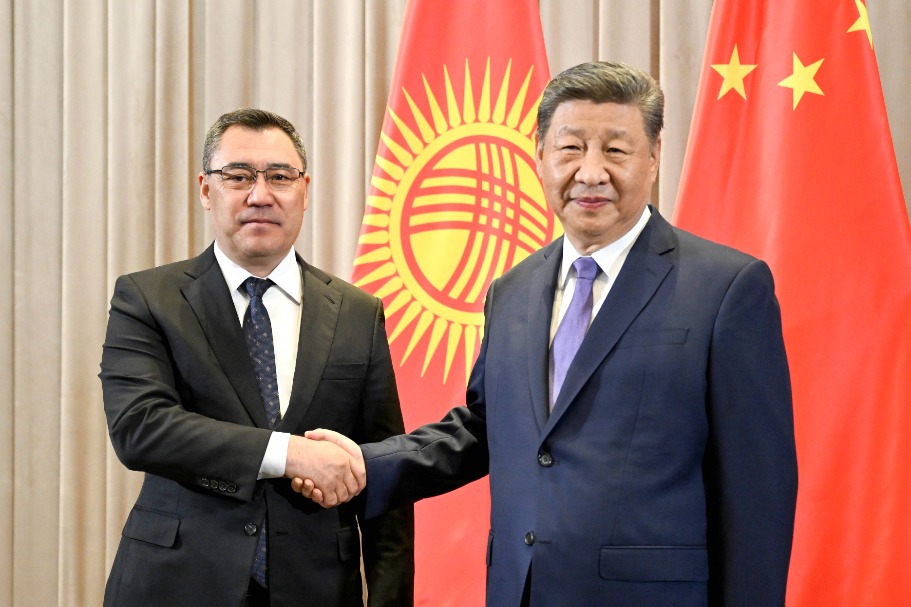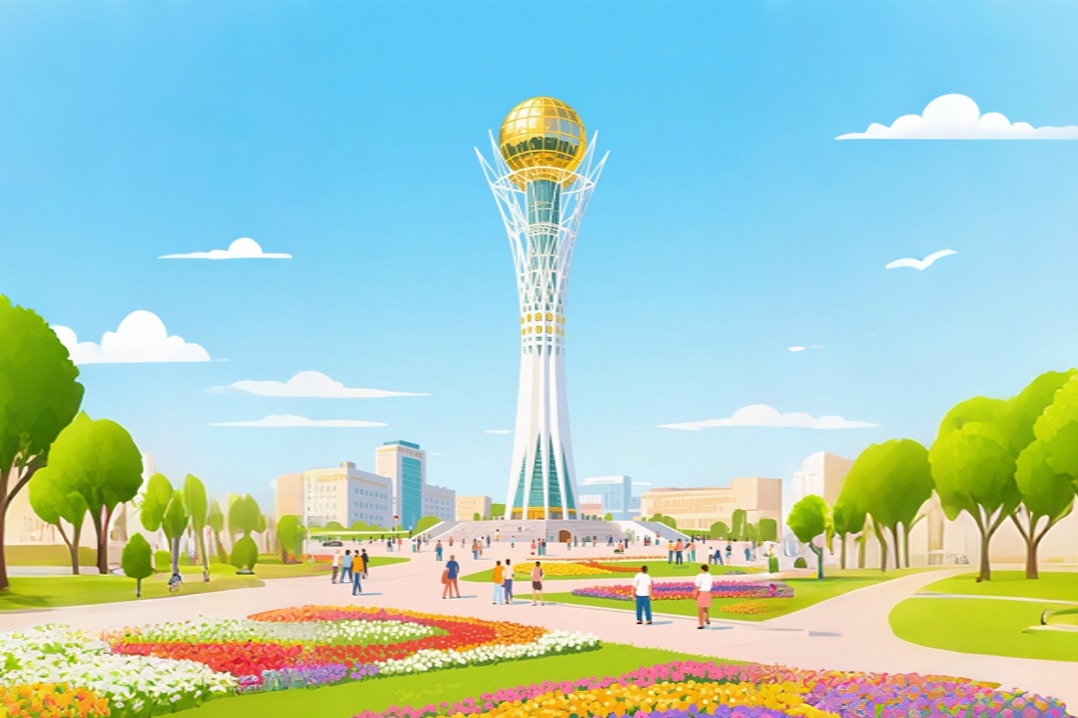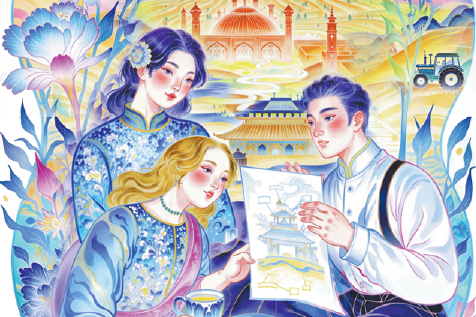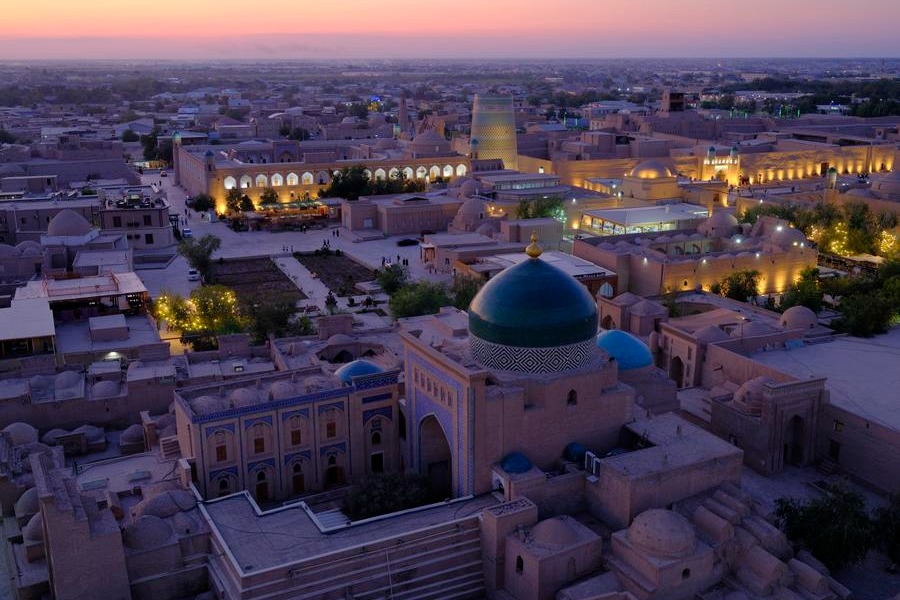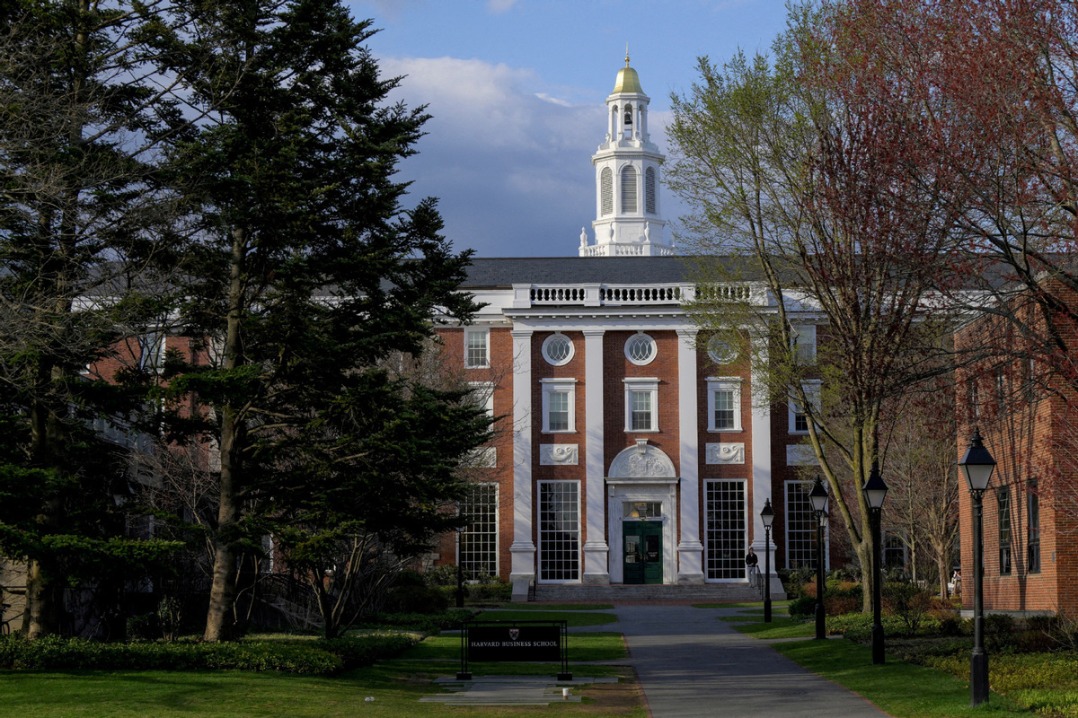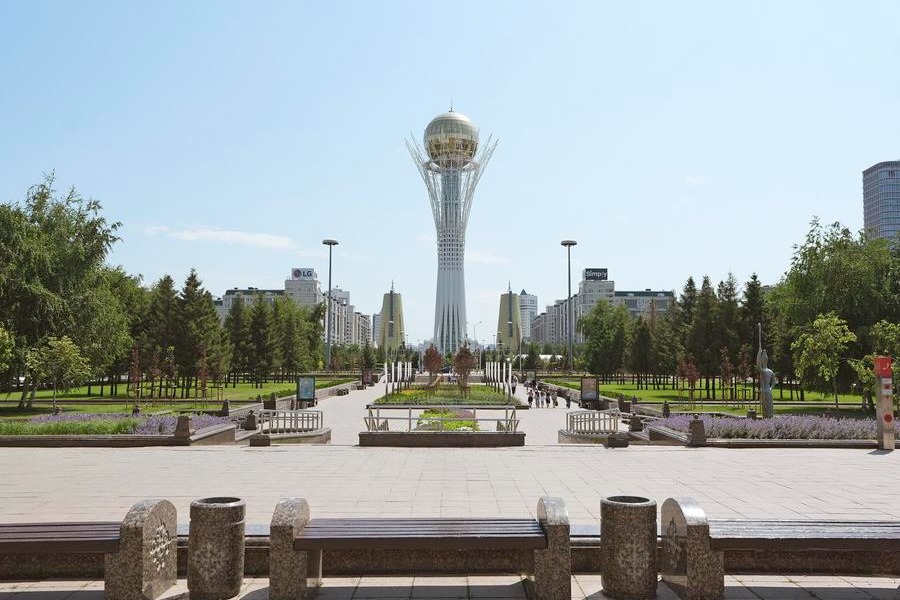Tibet becoming more beautiful


In the 10 years since the 18th National Congress of the Communist Party of China, the development of the Tibet autonomous region has been remarkable. Tibet has not only maintained social harmony and stability, but also realized macroeconomic growth of 9.5 percent a year, among the highest in the country. More important, it has eradicated absolute poverty despite the harsh natural conditions and weak development base, strengthened ecological protection, and taken measures to ensure traditional culture survives and people adapt to the changing times.
The eradication of absolute poverty in Tibet is a milestone, because poverty in Tibet was more widespread and deep-rooted than other places in China.
The central government intensified the poverty alleviation work in Tibet, by first identifying people living in abject poverty and then taking special measures to improve their lot.
More than 100 billion yuan ($13.73 billion) has been invested in Tibet to initiate about 3,000 industrial projects for the poor, and over 264,000 Tibetans have been shifted from remote places with extremely harsh natural conditions to safer environs and better houses.
In 2019, I visited Rom-dmar village in Tolun Dechen district of Lhasa, where 262 herders' families, including 86 poverty-stricken families, had been resettled from Nima county of Nakchu city. They were living comfortably in newly built houses funded by the government, and could, with relative ease, find a job or run a business in the city.
Promoting rural development requires sustainable efforts. That's why the government continues to take measures to ensure people in Tibet do not slip back into poverty for lack of regular income. Such measures promote rural revitalization, which not only boosts rural industries but also helps protect the environment and improve the lives of rural residents.
The Qinghai-Tibet Plateau is not only a global climate regulator but also the source of many important rivers, which are the lifeline for about 2 billion people in Southeast Asia. That's why the Chinese government believes that protecting the ecosystem of Tibet, which is critical to its sustainable development, is its responsibility. As such, China has prioritized environmental and ecological protection in Tibet, and is working to develop the region into a "high altitude" ecological civilization. In fact, more than half of Tibet is under top level ecological protection.
In Ka-gnam village of Pome county in eastern Tibet, a team of rangers consisting of five villagers patrols the forest every day to prevent illegal logging, poaching and wildfires. Each of the 86 households in the village has a forest ranger, and the government pays them 3,500 yuan each every year. Altogether, there are 700,000 such ecological conservation workers in the region.
In cooperation with tech companies, the villagers of Icags-sgang in Rutok county, Ngari, have grown a kind of willow trees that can adapt to the cold and dry climate on the plateau. They are now getting orders for such willow trees' saplings from 13 counties.
President Xi Jinping has said that clear waters and green mountains are as good as mountains of gold and silver. Upholding this idea, Tibet balances ecological protection and people's livelihoods. Studies show the water quality in rivers and lakes in Tibet meets the Class III standard set by the government, and on average Tibet enjoys good air quality for 99.6 percent of a year. Indeed, Tibet has one of the best natural environments in the world.
However, for economic and other reasons, Tibet's cultural protection measures are more focused on intangible cultural heritage. For example, 2,600 cultural heritage items and 1,668 representative inheritors have been included in the protection list, and the government grants statutory seven-day holiday for Tibetan New Year and Shoton Festival.
The central government has been raising its fund allocation for Tibet from year to year as the region's economy grows, while the Tibet regional government has been paying 50,000 yuan each to all the 5,492 administrative villages since 2020 to support local troupes. A total of 153 Tibetan folk opera troupes have been formed, thanks to the annual subsidy of 200,000 yuan, and professional art groups and about 100,000 fulltime or part-time performers in cities and counties receive special funds.
Also, many ancient handicrafts have been flourishing in Tibet. For example, Thon-pa, Nyemo county, where Tibetan incense-making is believed to have originated, has 282 Tibetan incense workshops today, and Chamdo county, known as the birth place of Tibetan Gama Gach painting, now has more than 1,000 registered thangka painters and Buddha statue makers, whose works are widely sought after even in the international market.
The influence of Tibetan Buddhism, which is an important carrier of traditional Tibetan culture, is immense on Tibetan society. And to promote traditional Tibetan culture the government protects the right of Buddhists to practice their religion.
Since 2012, the central and regional governments have expedited the construction of infrastructure such as roads, telecommunications networks, power generation and supply facilities and water pipelines, improving the lives of the Tibetan people including monks and nuns, and bringing them closer to the outside world. Tibet has also expanded the medical insurance, pension and subsistence allowance programs to cover 46,000 monks and nuns.
The autonomous region also advocates that temples adapt to the changing times and participate in social construction. When I visited Mkhar-chu Monastery in Lhodak in 2014, I heard the monks asking believers to support the government's ecological protection policy. And in Mkhor-chags Monastery in Purang city, I saw the monks participating in the poverty alleviation campaign.
The Tibetan people have showcased their pioneering spirit during the past 10 years. Thanks to the greener mountains and clearer waters, and the success of the ecological protection program, Tibetans today are embracing modernity and living a better life.
The author is a researcher at the China Tibetology Research Center. The views don't necessarily reflect those of China Daily.
If you have a specific expertise, or would like to share your thought about our stories, then send us your writings at opinion@chinadaily.com.cn, and comment@chinadaily.com.cn.
















